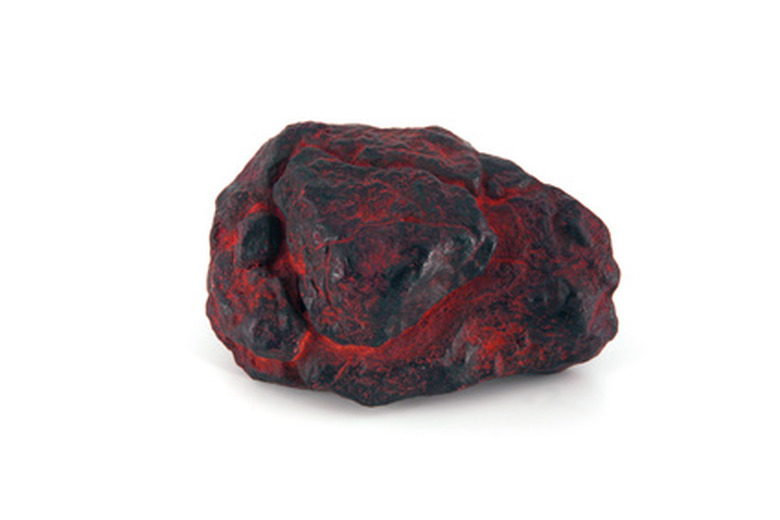Interesting Facts About Meteorites
A meteorite is a natural object originating in outer space that falls and survives impact with the surface. Meteorites can be found on Earth, but also other planets and celestial bodies including Mars and the moon. Most meteorites come from meteoroids, but many can also come from the impact of asteroids.
Sugars in Meteorites
Sugars in Meteorites
A NASA science team found sugars in two separate meteorites in December 2001. This is significant since it points to evidence that a fundamental building block of life on Earth, sugar, may have come originally from another planet. Previously, researchers discovered other important compounds to life on Earth in meteorites which included amino acids and carboxylic acids.
Three Kinds of Meteorites
Three Kinds of Meteorites
The three categories of meteorites are stony, iron, and stony-iron. Stony meteorites consist of those that are rich in silicon and oxygen with small amounts of iron, magnesium and other elements. Iron meteorites come from the metallic core of a larger parent body such as a asteroid that has melted and separated into pieces. Stony-iron meteorites also come from a larger body, but these meteorites come from the inner crust of those bodies.
The Size of Meteorites
The Size of Meteorites
Meteorites range in size but most meteorites are "relatively small," according to NASA. The largest meteorite recorded on Earth's surface was 60 metric tons and came crashing down on a farm near Grootfontein, Namibia.
Meteorites That Reach Our Surface
Meteorites That Reach Our Surface
In order for a meteorite to reach the Earth's surface it must be the right size. Meteors that are too small will disintegrate in the atmosphere before ever reaching the surface. Meteors that are too big may explode before reaching the Earth's surface. According to NASA, one such large meteor exploded 6 miles above the Tunguska River in Siberia in 1908. Twenty miles of felled and scorched trees were left in its wake.
Where Meteorites Can Be Found
Where Meteorites Can Be Found
Meteorites are found all over the Earth's surface, but Antarctica is a great place to find meteorites. Scientists have found thousands of small meteorites within the region.
Meteorites Provide Evidence of Martian Life
Meteorites Provide Evidence of Martian Life
NASA scientists found evidence of life on Mars from a meteorite, believed to be from Mars, that was determined to have hydrocarbons which are by-products of dead organisms on Earth, mineral phases determined to be by-products of bacterial activity and microfossils called "carbonate globules" which may be from primitive bacteria.
Cite This Article
MLA
Kingston, Si. "Interesting Facts About Meteorites" sciencing.com, https://www.sciencing.com/interesting-meteorites-6163495/. 24 April 2017.
APA
Kingston, Si. (2017, April 24). Interesting Facts About Meteorites. sciencing.com. Retrieved from https://www.sciencing.com/interesting-meteorites-6163495/
Chicago
Kingston, Si. Interesting Facts About Meteorites last modified August 30, 2022. https://www.sciencing.com/interesting-meteorites-6163495/
